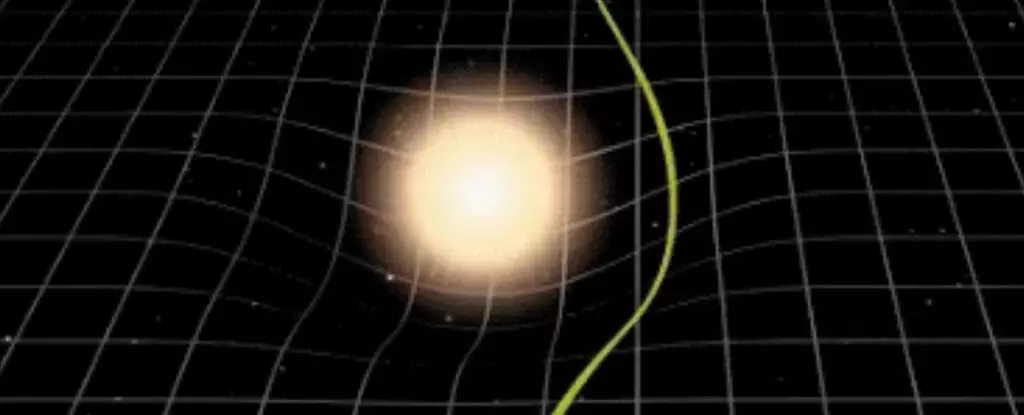When contemplating the vastness of space and the potential threats that lurk amongst the stars, the fear of an asteroid colliding with Earth remains a prominent concern for scientists and the general public alike. An innovative new equation developed by physicist Oscar del Barco Novillo at the University of Murcia, Spain, has the potential to significantly enhance our ability to detect and track these celestial threats well in advance. This groundbreaking advancement hinges on the refinement of our understanding of gravitational bending of light (GBL) and is poised to revolutionize how we comprehend the cosmos.
For decades, the phenomenon known as gravitational bending of light has perplexed physicists. This phenomenon describes how light from distant objects is distorted by the gravitational fields of massive bodies like planets and stars. Consequently, objects in space can often appear to be in different locations than they truly are, complicating our efforts to accurately assess their trajectories. Del Barco Novillo’s work takes a significant step towards rectifying this problem through the introduction of a new and highly accurate equation designed specifically for GBL angle calculations.
The heart of del Barco Novillo’s equation lies in its use of geometric optics to provide precise calculations concerning how light is deflected by massive celestial objects. He posits that by improving our understanding of how light behaves in the gravitational fields of the Sun and other bodies, we can enhance our capacity to predict the paths of smaller bodies like asteroids, dwarf planets, and comets. This accuracy is particularly critical when considering humanity’s vulnerability to the potential devastation of a catastrophic collision with an asteroid.
The journey to understanding gravitational light bending has roots tracing back to some of the greatest minds in physics, including Newton, Einstein, and more. While they laid foundational ideas in the field, Novillo’s equation brings forth a new level of precision by integrating finite distances into its calculations. This shift from theoretical infinity to realistic celestial distances is a game-changer; it reflects how physicists have approached similar problems on Earth, thus bridging the gap between terrestrial physics and cosmic phenomena.
To bolster the validity of his equation, Novillo undertook extensive numerical simulations and comparative analyses against previous models, including the Shapiro time delay formula. The result is a new resource that not only improves upon the past but also offers a reliable tool that can support various branches of astronomy and astrophysics. This could lead to more than just academic advancements; it also has practical implications for planetary defense and exploration.
The implications of this groundbreaking work extend beyond monitoring asteroids. For instance, tracking the precise location of Proxima Centauri, our closest stellar neighbor, could be enhanced, fostering a deeper understanding of our solar context. Additionally, the advancements could play a critical role in the European Space Agency’s Euclid mission, which aims to survey galaxies and explore dark matter in our universe. By employing Novillo’s equation, astronomers can glean more accurate positional data, potentially reshaping our grasp on the composition and structure of the universe.
Del Barco Novillo emphasizes the broader applications of the equation, noting its potential to refine our knowledge of the orbits of minor celestial objects. A particular focus on asteroids can be a crucial element in efforts to avert potential collisions with Earth. As our planet contends with increasing environmental challenges, bolstering our readiness for cosmic threats is an endeavor of paramount importance.
As we stand on the cusp of advanced astronomical discoveries, Oscar del Barco Novillo’s groundbreaking equation serves as a testament to humanity’s relentless quest for knowledge and safety. Within this new framework for calculating gravitational bending of light lies the promise of a safer future and newfound understanding of our universe’s complexities. For scientists and astronomers alike, the ability to accurately track celestial bodies means unlocking a plethora of opportunities, paving the way for a new era of exploration and understanding of the cosmos. Therein lies hope, not just for foresight in the face of potential doom, but for an enriched relational dynamic with the universe brimming with unknowns.

